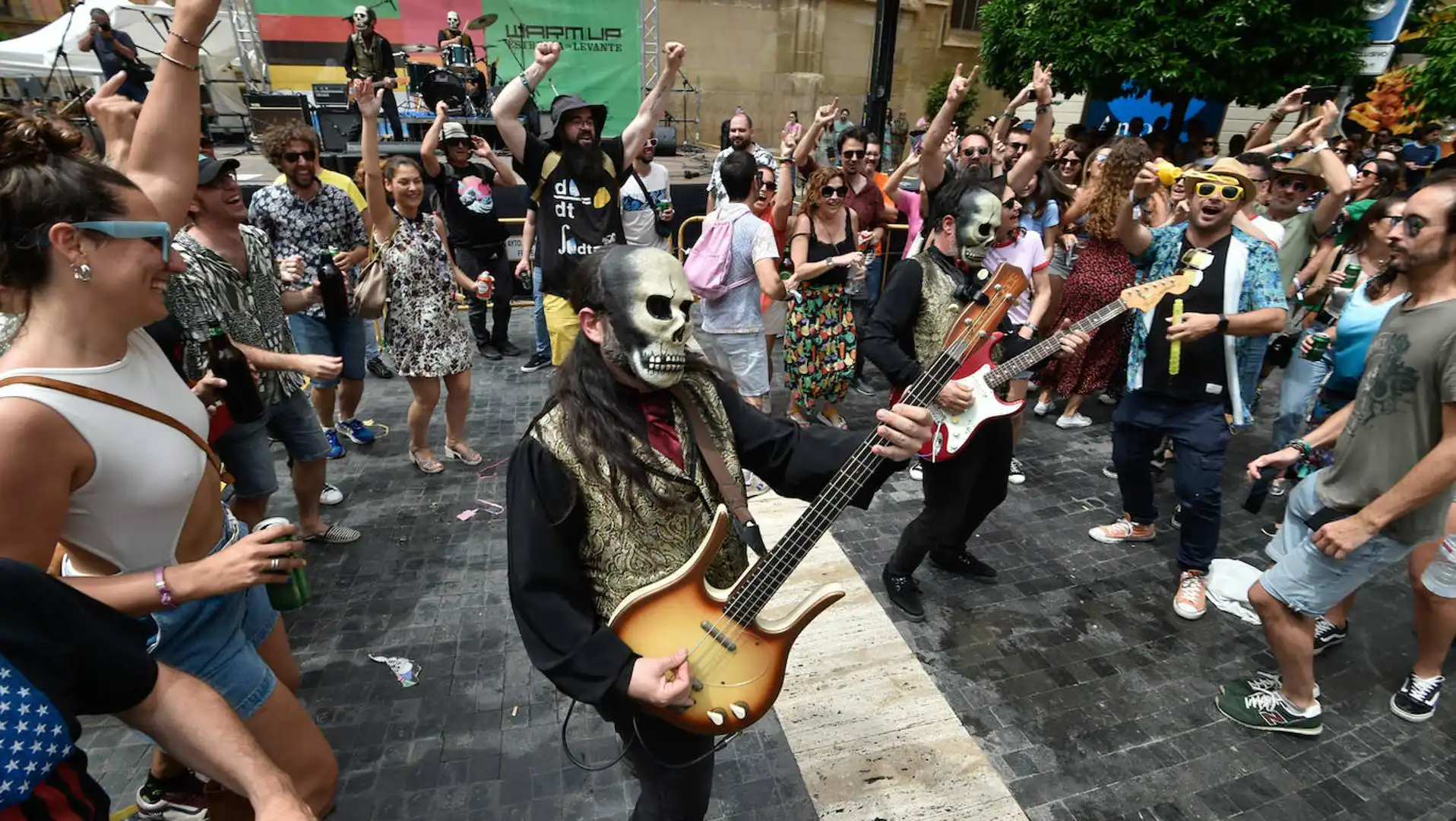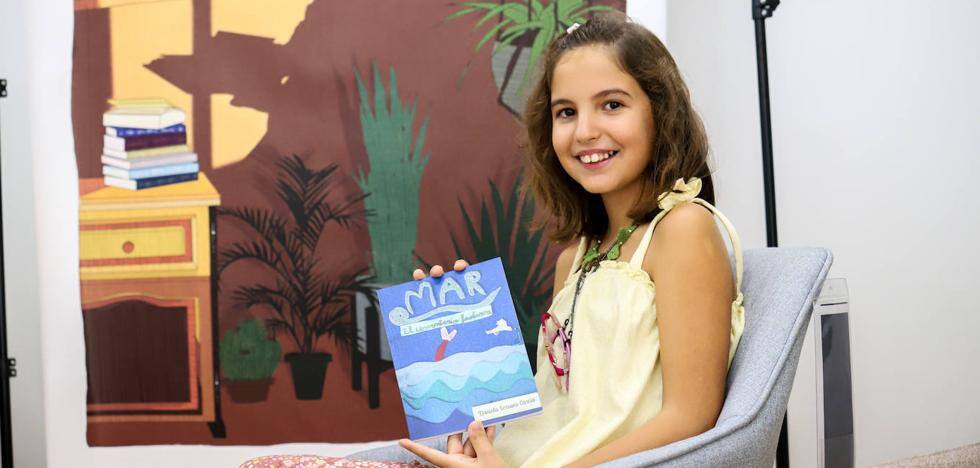The depiction of flowers and fruits gives rise to a journey through four centuries of still lifes and still lifes / It is the second time that the publishing house shows some of the treasures of its collection of more than 4,000 pieces
The cornucopia is a recurring theme in Baroque painting. It can be represented by coins or fruits and flowers. It is therefore not surprising that quite a few of the works in the Banco de España collection, more than 4,000 pieces, are devoted to this flowery theme. He now shows a number of these in the ‘Flowers and Fruit’ exhibition, which analyzes how the representation of still life and still life has developed over time.
It is on display until January 25th and is curated by Yolanda Romero. It brings together fifty works by thirty artists, in a time span spanning the 17th century to the present day, with Baroque, 20th century and current creators twinned by their interest in a genre as changeable as it lives.
Floral and fruit motifs have been part of the iconography of the Bank of Spain since its foundation in 1872. Symbols such as the cornucopia or the cornucopia, which have brought prosperity and generosity since ancient times, are not only present in the decorative banknotes, stocks and administrative documents. They are also repeated in the sculptural decorations of the facades and interiors of their own buildings and in the stained glass windows that cover some areas of the bank.
But they in turn inspire some pieces from the entity’s artistic collection, including tapestries, carpets, porcelain, paintings, photographs, and contemporary sculptures, as evidenced by this diverse sample spanning four centuries of art.
The cornucopia is therefore the central theme of one of the masterpieces in the collection and in the exhibition, ‘Pomona en Vertumno’, a canvas painted in 1626 by Juan Van der Hamen y León, a Madrid native of Flemish descent. and some of the great masters of still life with several pieces in the sofa collection.
“It’s a complete allegory of nature’s magnanimity,” points out Yolanda Romero’s work from which the exhibition emerges. It is exhibited together with ‘Ofrenda a Flora’, painted a year later by Van der Hamen, conceived as a pair of the first and on loan from the Prado Museum for the occasion. «The two, we think, hung in the palace of Jean de Croy, at the time a key figure at the Spanish court, who wanted to encourage the loyalty of the Flemish elites to the new King of Spain, Felipe IV, with the receptions in his residence. a token of hospitality towards the illustrious travelers who have traveled through Madrid,” explains the curator.
The two works are exhibited for the first time after being restored in the Prado workshops and rediscovering their full splendor as milestones of this second exhibition organized by the institution. Admission is free by appointment via the bank’s website.
“The still life helped create a different urban aristocratic culture in 17th-century Madrid, with a fiction of abundance that disguised the economic hardships of the capital and demonstrated the prosperity that the Flemish continued to enjoy under the new political order,” he explains the police station.
The exhibition shows how this genre, historically regarded as an ‘art of the small’ – and relegated to a subordinate position within the major academic classifications – has played a fundamental role in the history of modern and contemporary art. For example, he alternated the baroque masters with very prominent makers of the 20th century such as Pancho Cossío, Francisco Bores, Francisco López Hernández, Carmen Laffón, Joan Hernández Pizjuán or Antonio Saura. But also with contemporary artists such as Joan Fontcuberta, Vick Muniz, Giovanni Battista Crescenzi, Lothar Baumgarten, Hans-Peter Feldman, Sandra Gamarra, Federico Guzmán, Sheroanawe Hakihiiwe, Fritzia Irízar, María Loboda, Linarejos Moreno, Vik Muniz or Antoni Muntadas.
The Banco de España collection began to form in the mid-20th century, and most of its treasures are in the institution’s facilities. His Goya canvases are famous, but the curator points out that more than 80% of the collection is contemporary art pieces acquired by the institution.
The exhibition is dedicated to José María Viñuela, curator of the Bank of Spain between 1982 and 2015, who died in June and who throughout his life included many of the works on display in the artistic collections of the institution «thanks to his knowledge, curiosity and sensitivity to the art of our time,” according to the institution.
Source: La Verdad
I’m Wayne Wickman, a professional journalist and author for Today Times Live. My specialty is covering global news and current events, offering readers a unique perspective on the world’s most pressing issues. I’m passionate about storytelling and helping people stay informed on the goings-on of our planet.



